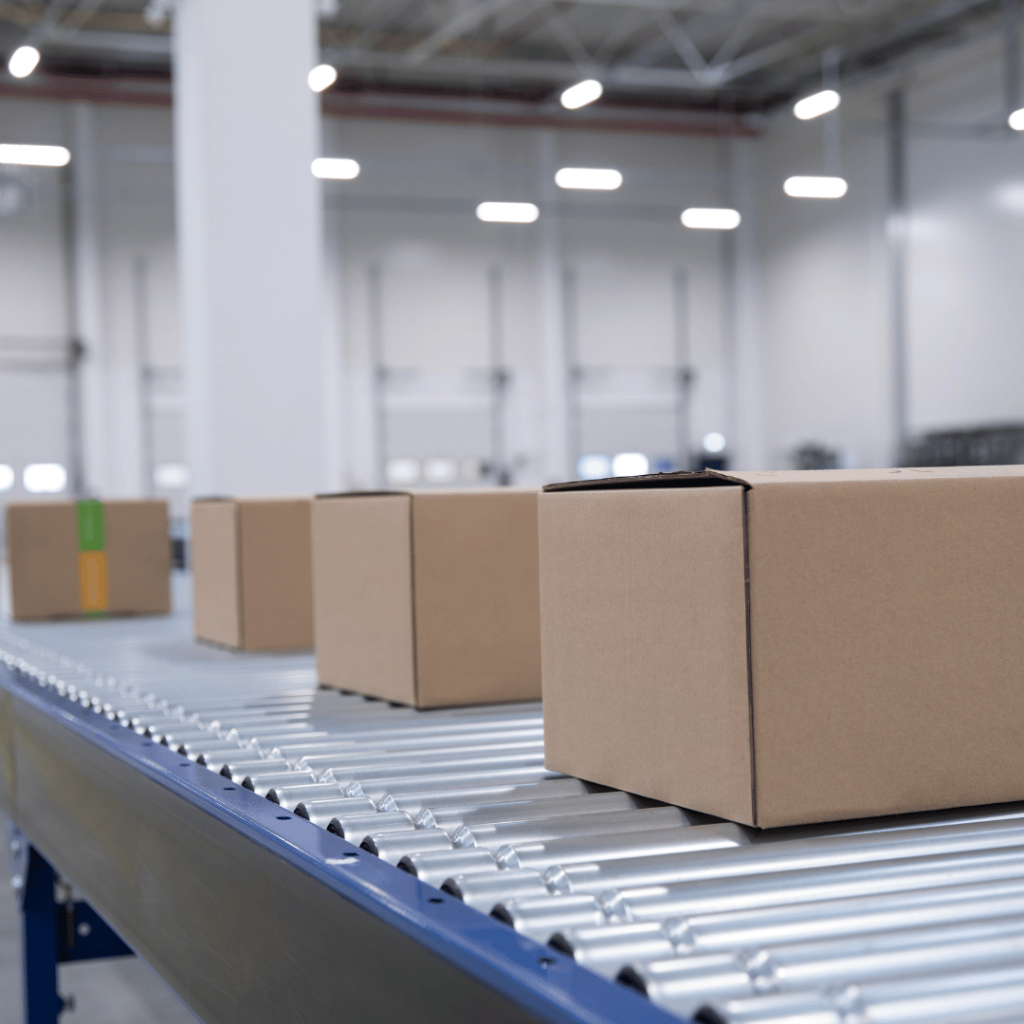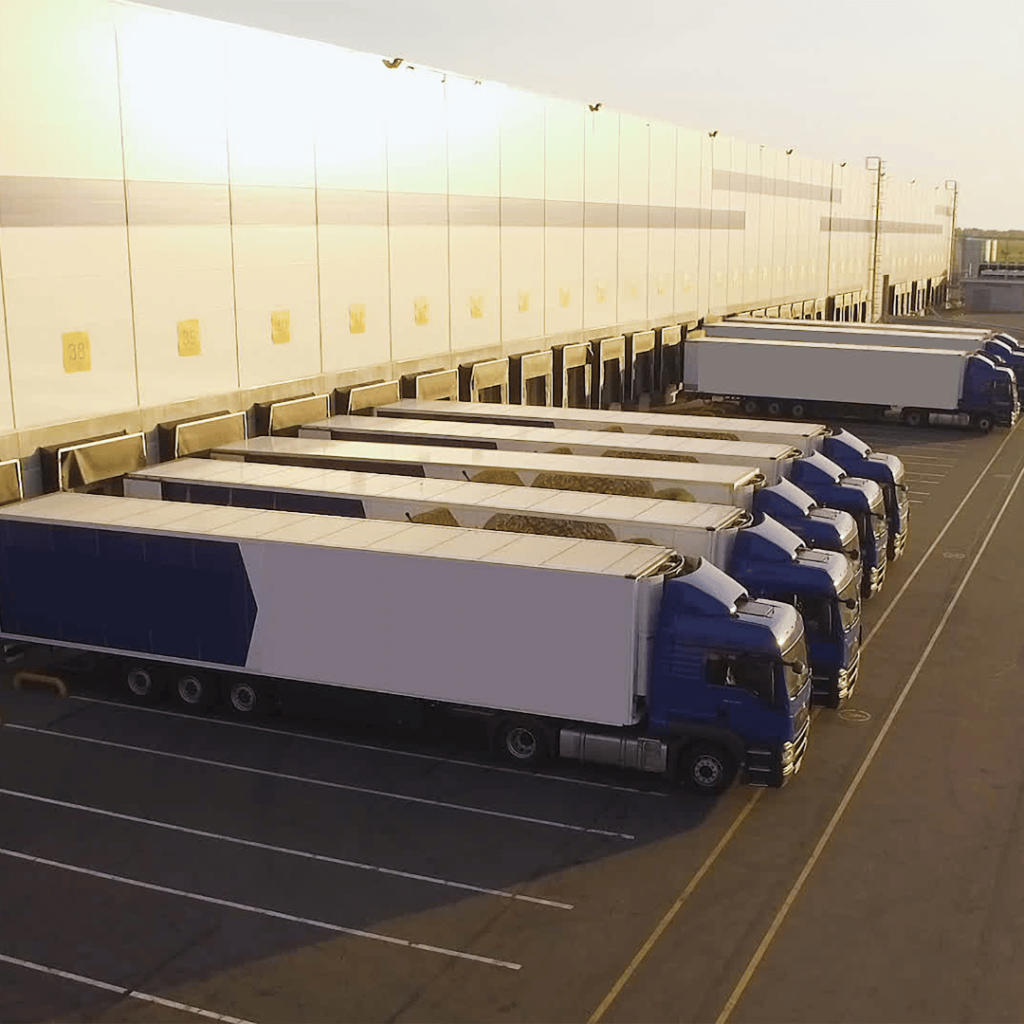Pool Distribution
By Bill Rohr
Uploaded: January 16th, 2024
Pool distribution is becoming increasingly important in the logistics world, particularly for businesses that frequently ship large quantities of products. Unlike the more commonly known less-than-truckload (LTL) shipping, where your products share truck space with items from other companies, pool distribution focuses on consolidating and transporting shipments from one company to multiple destinations within a specific area. This approach streamlines the shipping process by grouping a company’s own goods together.

The pool distribution process starts with what’s known as pool consolidation. Here, a company’s various shipments are gathered and strategically loaded into a single truck. This step is crucial for making the best use of the available space. These consolidated shipments are then transported to a regional terminal or distribution center. At this stage, the shipments are carefully offloaded, scanned, and sorted according to their final destinations. The final step involves transferring these shipments to smaller, local delivery vehicles that take them to their final drop-off points.
One of the biggest advantages of pool distribution is the potential for significant cost savings compared to traditional LTL shipping. By consolidating shipments, companies can use truck space more efficiently and cut down on the number of trips needed. Additionally, pool distribution can lead to faster delivery times and better product safety, as there’s less handling of the goods in transit.
Although, it’s important to note that pool distribution isn’t a one-size-fits-all solution. Its effectiveness can vary depending on the size of your business, the frequency of your shipments, and where you’re sending them. For smaller businesses with less frequent or widely scattered shipments, LTL shipping might still be the more practical choice. Putting off orders just to bundle them with others is more likely to cause problems than solve them. This approach can end up frustrating customers or even causing you to lose suppliers to competitors. It’s a strategy that can backfire more often than it helps.
To make pool distribution work effectively, a business usually needs a good volume of products, and sometimes this means partnering with third-party logistics providers, especially if the company doesn’t have the necessary infrastructure in place.
Also, it’s important to remember that not every product is suitable for pool distribution. Sometimes, products might not work well together, or they could spoil during the process of moving from one truck to another at the shipping terminal. This detail matters and shouldn’t be ignored. Take fresh food products as an example – they often need specific conditions during shipping to prevent them from going bad. So, if a shipper has various products that each need different shipping environments, pooling them together just isn’t going to work.
Plus, successfully implementing a pool distribution strategy requires careful planning and coordination. This involves managing your shipping schedules, making sure trucks are available when needed, and confirming that the products being shipped together are compatible. Working with a third-party logistics partner can greatly simplify this process, bringing in their expertise and network to help make your pooling efforts more efficient.

While pool distribution offers several benefits, such as reduced costs, faster deliveries, and safer product handling, it’s not automatically the best choice for every company. Factors like the amount and regularity of your shipments, as well as your delivery areas, play a big role in determining whether pool distribution is the right shipping strategy for your business. So, it’s important for companies to thoroughly assess their shipping needs and capabilities before deciding to go down this path.
